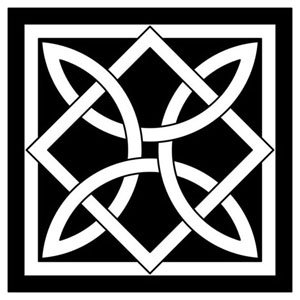
SG203B Program B
Restoration of Archaeological Ceramics
3 Units
Instructor: Profs. Domizia Colonnello and Alice Rivalta
COURSE STRUCTURE
Morning Seminars and Lectures: Monday – Friday, 8:30 AM – 12:30 PM (2 weeks)
Afternoon Workshop: Monday – Friday, 2:00 PM to 6:30 PM (2 weeks)
There also will be study visits to the nearby ancient Roman City of Carsulae and regional museums.
Course Description
No Prerequisites required
REQUIREMENTS: Courses SG 203A is complementary to this course and must be taken in the same session.
The second two weeks of the program Restoration and Analysis of Archaeological Ceramics is the course Restoration of Archaeological Ceramics.
The subject matter complements that in course SG203B (Analysis of Archaeological Ceramics) and is taught by an experienced restorer, a graduate of the ISCR restoration school, who specializes in ceramics restoration and conservation. In the lectures and workshop, students learn the theory and practice of restoring archaeological pottery, working on original archaeological materials on loan from the Soprintendenza Archeologica dell’Umbria.
In the workshop under the close supervision of their instructor, students clean, restore and document the pottery while they learn the following techniques: various methods of cleaning pottery sherds, the reassembly of pottery from surviving sherds, in-filling gaps left in the pottery after reassembly, the aesthetic treatment of the infilling for display and how to document the restoration procedure.
Course Objectives
This course aims to give basic theoretical knowledge and practical skills in the field of conservation of archaeological pottery.
Summary of Lecture Content
Philosophical, cultural and institutional framework for restoration in Italy
• Theory and philosophy of restoration
• Short history of restoration and conservation
• Institutional setting and support for restoration
Ceramic conservation
The methodological approach
Documentation of restoration work
• Photographic, textual and graphic methods
• Examples and lab practice
Cleaning techniques and materials
• Types of dirt and foreign materials
• Mechanical and chemical methodologies and instruments
• Safety measures
• Materials from previous restorations
Consolidation techniques and materials
• Advantages and limits of the procedure
• Consolidant requirements
• Different application methods
Fragments search methodology
Joining techniques and materials
• Adhesive general requirements
• Adhesive choice
• Thermosetting/thermoplastic resins: differences, application methods, safety measures
• Useful supplies for bonding
Gap filling, surface protection and supports
• Thoughts and issues around gap fillings
• Characteristics and requirements of the materials
• Most commonly used fillers in Italy
• Application techniques, refinishing, painting
Some case studies of interesting ceramic restorations
• Big vessels, statues, etc.
Conservation in the field
• Roles of conservator during excavation
• Field conservation lab
• Lifting techniques
• Micro-excavation
• Temporary protection materials
• Packing and storage (short/long time), materials and methods
Ceramic decay
• Decay processes and damages
• Different environments (before and after the abandonment)
• Agents of decay
• Physical damage
• Chemical factors and processes
Handling and moving objects of art
• Guidelines and techniques to handle and lift delicate objects
• Useful devices
Museum and storage environments
• Preventive conservation in museums
• Agents of deterioration in museums
• Object locations
Packing and display materials
• Rigid and semi-rigid materials (natural and synthetic)
• Flexible and elastic materials (natural and synthetic)
• Buffering, scavenger and monitoring devices
Site study visits
• Visit to local museums and restoration laboratory
Afternoon Workshop: Analysis of Archaeological Ceramics
Visual inspection
• Recognizing materials, techniques, marks and flaws
Scientific Testing
• Materials
• Dating
Analysis
• Morphology
• Clay forming
• Firing
• Materials
Clay
Inclusions
Tempers
Slips and glazes
• Stylistic analysis
Documentation and recording
• Drawings
• Diagrams
• Documentation
Description of Assignments
READINGS
Assigned reading, written assignment











